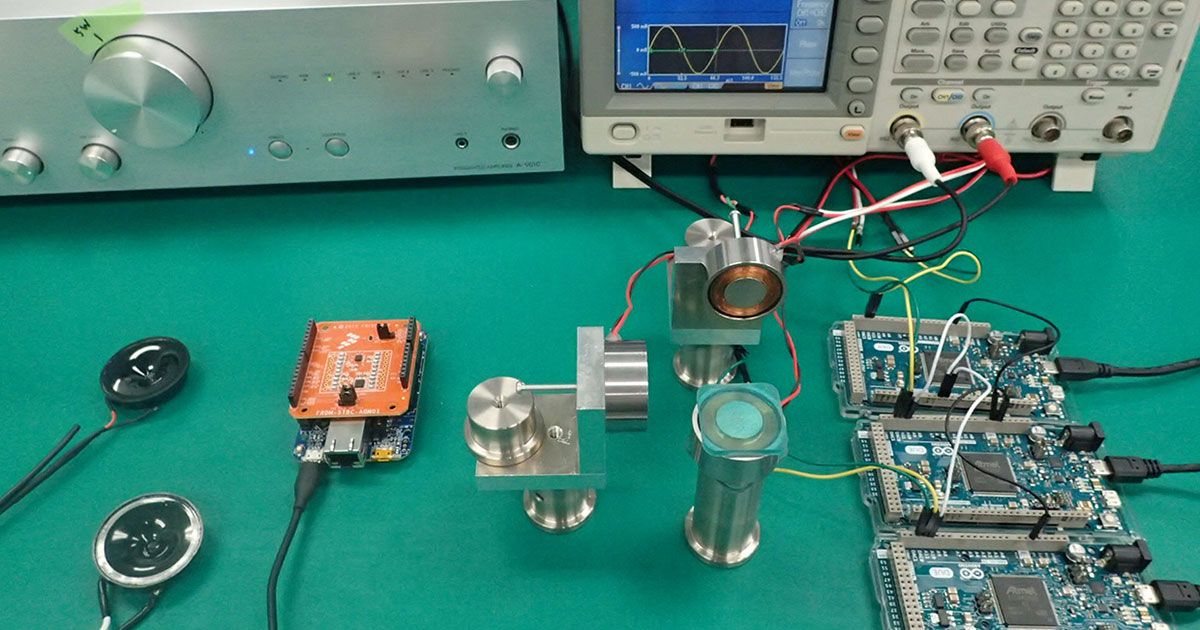New Security Technology Detects Malicious Cyberattacks on Drones, Cars, and Robots

Sensor-based automatic control technology is now used in hundreds of applications as varied as vehicle accident prevention, agricultural monitoring, and self-balancing robots. But as sensor interaction with the environment increases to enable control systems to “see,”“listen,”and “sense”their environment more accurately, the potential for cyber attacks also grows. To counter this danger,Mitsubishi Electric has developed what it believes is the first sensor-security technology for detecting inconsistencies that appear in sensor measurementswhen a system is under attack.
Development was supported by Japan’s New Energy and Industrial Technology Development Organization (NEDO). A key component in automatic control systems issensor fusion technology. It works by combining the data from a number of sensors to produce more accurate information than if data were taken from individual sensors and used separately.
For example, by combining the data from multiple sensors in a car, the result provides a more precise estimate of the car’s speed, which in turn improves better control over performance and reliability. As a result, he says no effective countermeasures to cyber attacks onsensor fusion systemshave been developed. To test the vulnerability of these systems, Mitsubishi researchers have set up an experimental evaluation environment that subjects different sensors to various kinds of cyber attacks.
Accelerometers and gyroscopes, for instance, are susceptible to acoustic wave interference, while magnetometers can be attacked using a magnetic signal generator.
Source: ieee.org